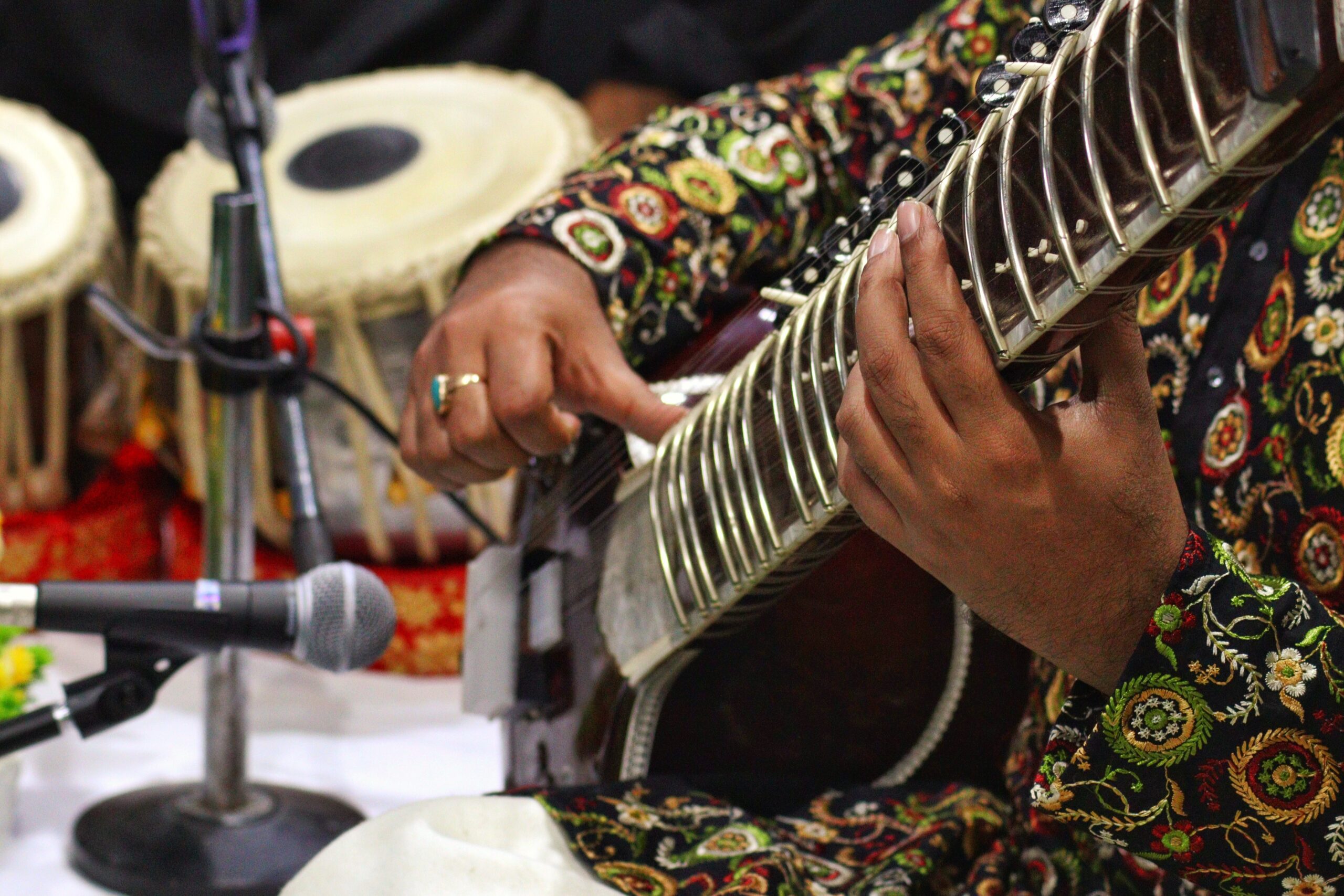The Middle East is a region rich in cultural diversity, and its music is no exception. From the Arabic melodies of Morocco to the Persian rhythms of Iran, Middle Eastern music is essentially a melting pot of both influences and traditions.
One of the most distinctive features of Middle Eastern music is its use of microtones, or intervals smaller than a Western semitone. This allows for a wider range of pitch, giving Middle Eastern music its distinct sound. Additionally, the use of quartertones, or intervals between the Western semitones, is common in Middle Eastern music, adding even more complexity to the melodies.
Middle Eastern music is also characterized by its rhythmic complexity and the use of percussion instruments such as the darbuka (goblet drum) and the riq (tambourine). These instruments often play intricate rhythms that serve as the foundation for the music and are accompanied by a variety of string and wind instruments, including the oud (lute), ney (flute), and kanun (zither).
One of the most well-known styles of Middle Eastern music is Arabic music, which includes a variety of genres such as pop, folk, and classical. Arabic music is characterized by its use of modes, or scales, known as maqams. These scales are used to create melodies that evoke different emotions, such as happiness, sadness, or longing. Arabic music is also known for its use of improvisation, with musicians often improvising over a set of pre-determined melodies and rhythms.
In addition to Arabic music, the Middle East is home to a variety of other musical traditions. Persian music, for example, is characterized by its use of modal scales known as dastgahs and features a variety of instruments such as the tar (lute) and the santur (hammer dulcimer). Turkish music, on the other hand, is known for its use of makams, or modes, and features instruments such as the saz (long-necked lute) and the ney (flute).
One of the unique features of Middle Eastern music is its ability to bridge cultural divides. Music has the power to bring people together, and this is especially true in the Middle East, where music serves as a common language that transcends national and cultural boundaries. This is exemplified by the popularity of crossover artists who blend elements of different Middle Eastern musical traditions, creating a sound that is uniquely their own.
The music of the Middle East is a diverse and rich tradition that reflects the cultural influences and history of the region. From the microtones and quartertones of Arabic music to the modal scales and improvisation of Persian music, the music of the Middle East is a testament to the diversity and unity of the region.
Image Credit: Saubhagya gandharv on Unsplash



















